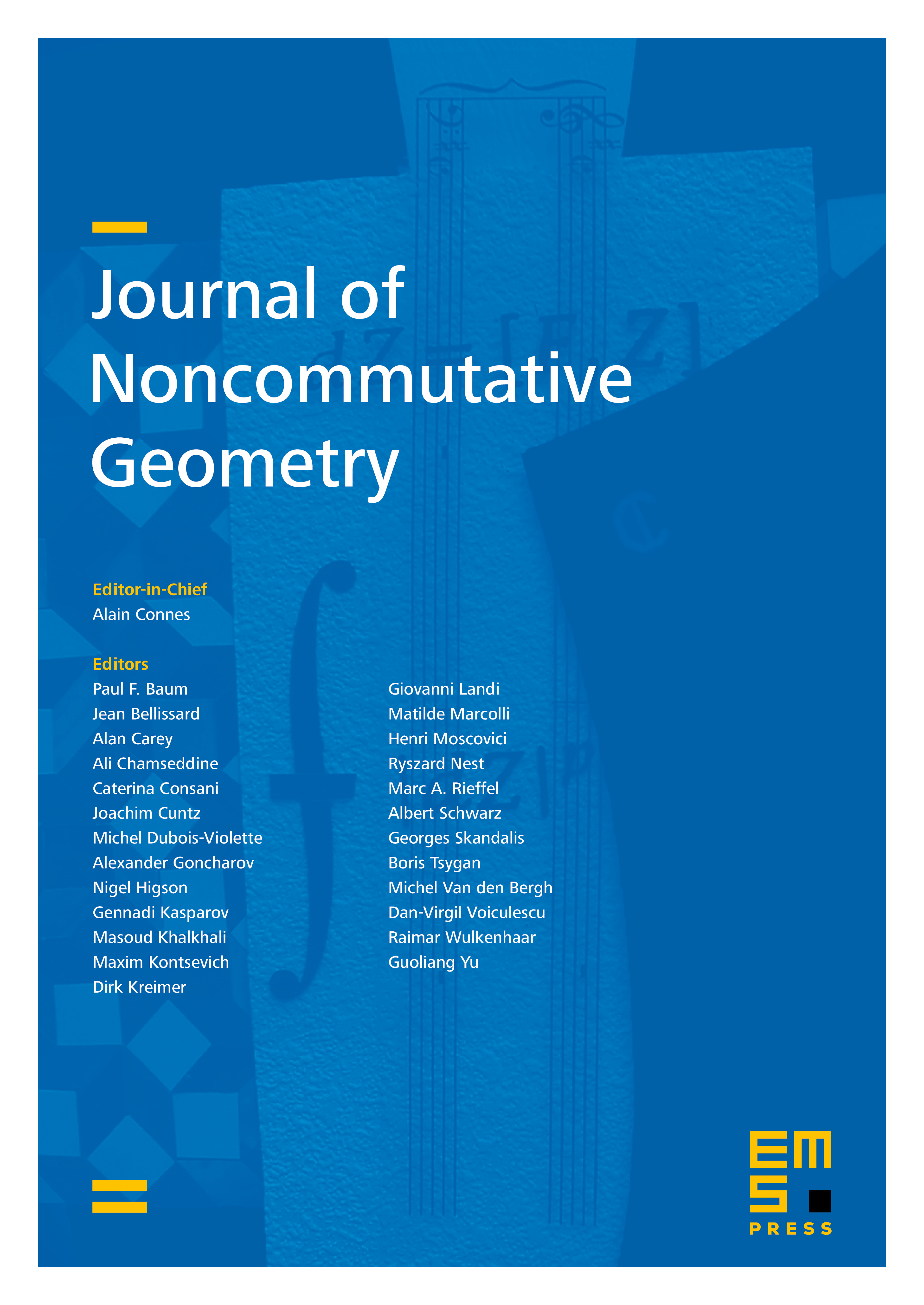Hochschild cohomology of algebras arising from categories and from bounded quivers
Claude Cibils
Université de Montpellier, FranceMarcelo Lanzilotta
Universidad de la República, Montevideo, UruguayEduardo N. Marcos
Universidade de São Paulo, BrazilAndrea Solotar
Universidad de Buenos Aires, Argentina

Abstract
The main objective of this paper is to provide a theory for computing the Hochschild cohomology of algebras arising from a linear category with finitely many objects and zero compositions. For this purpose, we consider such a category using an ad hoc quiver , with an algebra associated to each vertex and a bimodule to each arrow. The computation relies on cohomological functors that we introduce, and on the combinatorics of the quiver. One point extensions are occurrences of this situation, and Happel’s long exact sequence is a particular case of the long exact sequence of cohomology that we obtain via the study of trajectories of the quiver. We introduce cohomology along paths, and we compute it under suitable Tor vanishing hypotheses. The cup product on Hochschild cohomology enables us to describe the connecting homomorphism of the long exact sequence.
Algebras arising from a linear category where the quiver is the round trip one, provide square matrix algebras which have two algebras on the diagonal and two bimodules on the corners. If the bimodules are projective, we show that five-terms exact sequences arise. If the bimodules are free of rank one, we provide a complete computation of the Hochschild cohomology. On the other hand, if the corner bimodules are projective without producing new cycles, Hochschild cohomology in large enough degrees is that of the product of the algebras on the diagonal.
As a by-product, we obtain some families of bound quiver algebras which are of infinite global dimension, and have Hochschild cohomology zero in large enough degrees.
Cite this article
Claude Cibils, Marcelo Lanzilotta, Eduardo N. Marcos, Andrea Solotar, Hochschild cohomology of algebras arising from categories and from bounded quivers. J. Noncommut. Geom. 13 (2019), no. 3, pp. 1011–1053
DOI 10.4171/JNCG/344